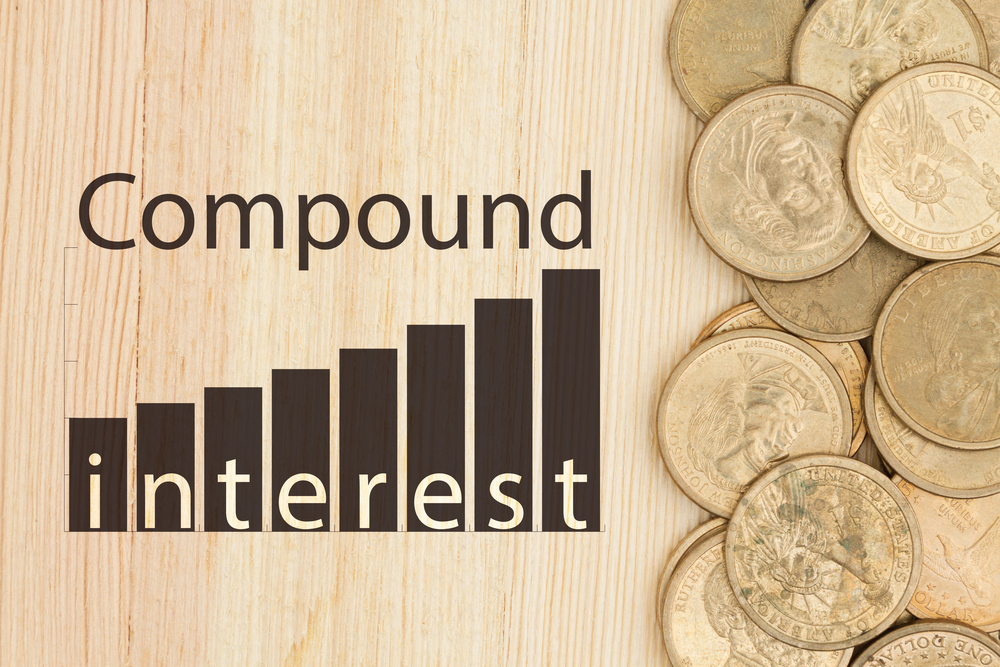The Magic of Compound Interest: How to Make It Work for You
Albert Einstein reportedly called compound interest the "eighth wonder of the world," saying, "He who understands it, earns it; he who doesn't, pays it." This powerful financial concept is the key to building wealth over time, yet many people don't fully grasp how it works or how to harness its potential.
Understanding Compound Interest
Compound interest is the process where you earn interest not just on your original investment (the principal), but also on the accumulated interest from previous periods. In simple terms, it's "interest on interest" that causes your money to grow exponentially over time.
Example: If you invest $10,000 at a 7% annual return, in the first year you'd earn $700 in interest. In the second year, you'd earn interest on $10,700, not just the original $10,000. After 30 years, that initial $10,000 would grow to over $76,000 without adding another dollar!
The Two Key Factors: Time and Rate of Return
Two factors dramatically affect how compound interest works for you:
- Time: The longer your money compounds, the more dramatic the growth. Starting early gives your money more time to work.
- Rate of Return: Higher returns accelerate growth, but often come with higher risk. Finding the right balance is crucial.
This is why starting to save early in life is so powerful. A person who starts saving $200/month at age 25 will have significantly more at retirement than someone who starts saving $400/month at age 35, even though the second person contributed more total money.
The Rule of 72: Estimating Growth
A handy tool for understanding compound growth is the Rule of 72. Divide 72 by your annual rate of return to estimate how many years it will take for your money to double.
For example, at a 7% return, your money will double approximately every 10.3 years (72 ÷ 7 = 10.3). This means that $10,000 invested today could grow to $80,000 in about 40 years at 7% return, through the power of compounding.
How to Maximize Compound Interest
To make compound interest work hardest for you:
- Start early: Even small amounts grow significantly given enough time.
- Be consistent: Regular contributions amplify the compounding effect.
- Reinvest earnings: Don't withdraw interest—let it compound.
- Minimize fees: High fees eat into your returns and reduce compounding.
- Take advantage of tax-advantaged accounts: IRAs, 401(k)s, and other retirement accounts help your money grow tax-free or tax-deferred.
The Dark Side: Compound Debt
While compound interest works wonderfully for savings and investments, it works equally powerfully against you when it comes to debt. Credit card balances, payday loans, and other high-interest debts can grow rapidly due to compounding.
This is why paying off high-interest debt should be a priority—the interest you're paying compounds just like investment returns, but in the wrong direction.
Practical Applications
Here are specific ways to apply compound interest principles:
- Open a high-yield savings account for your emergency fund
- Contribute enough to your 401(k) to get any employer match
- Start a Roth IRA if you qualify
- Invest in low-cost index funds for long-term growth
- Automate your investments to ensure consistency
By understanding and applying the principles of compound interest, you can harness this powerful financial force to build substantial wealth over time. The key is to start now, be patient, and let time work its magic on your money.




